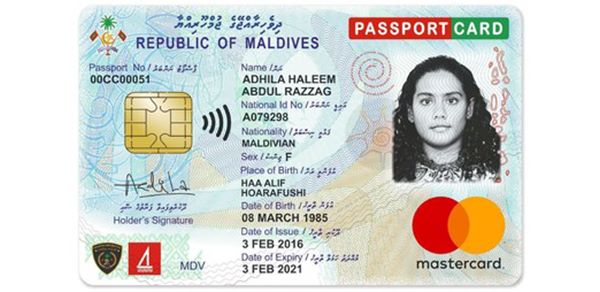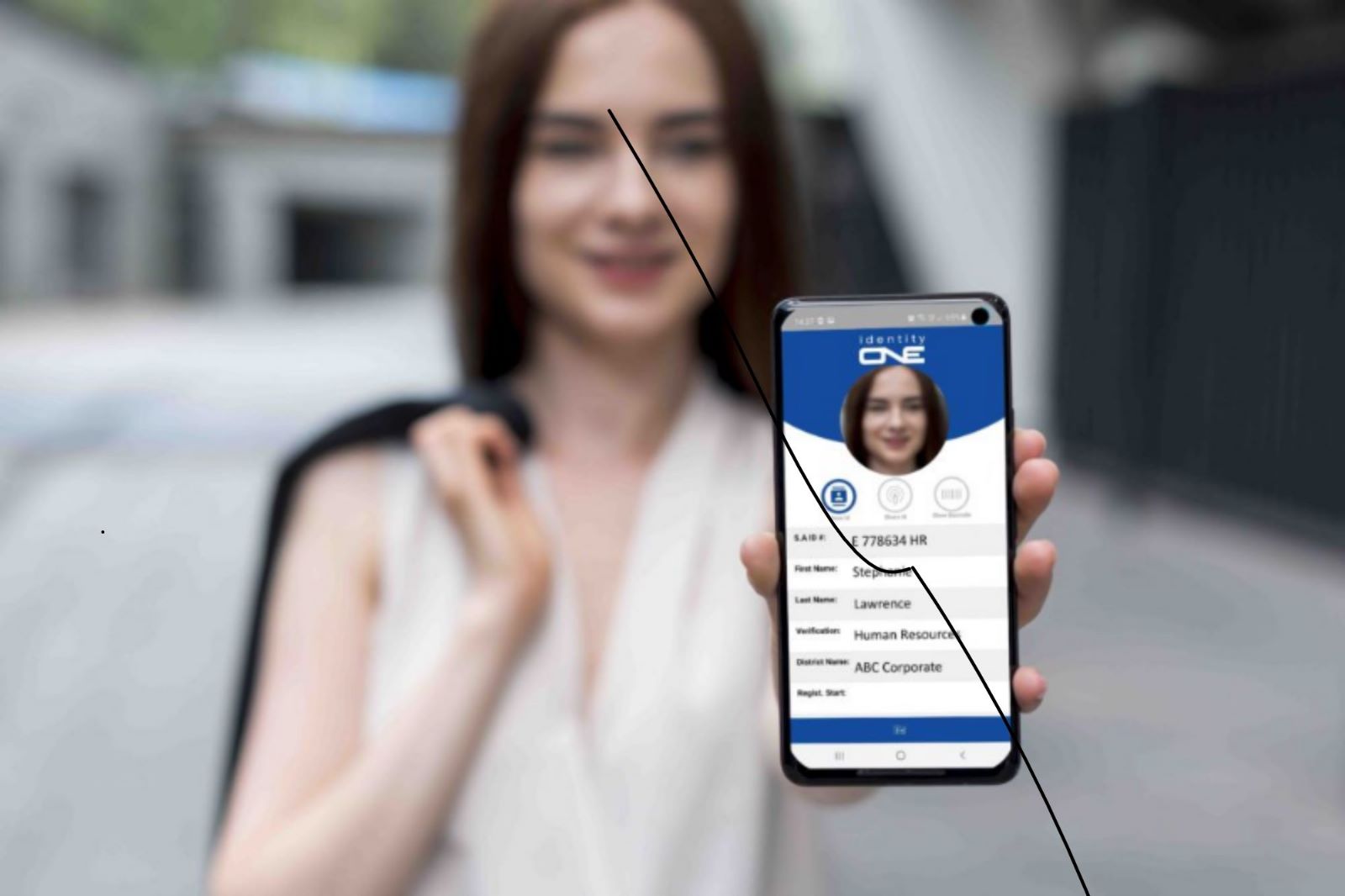By
Howard Bloom
Digital IDs are sweeping the world, but are barely seeping into America. This American techno-sluggishness has disturbing implications.

We Americans have traditionally led the world with our technologies and our infrastructure. That is no longer the case. Our roadways and airports make us look like a third world country. Even our water and sewage systems are antiques from nearly two hundred years ago and are crumbling under our feet.
That’s also true of digital ids. We are woefully behind.
A digital id simplifies your life. It allows you to get into a movie theater or get on a bus simply by showing your smart phone. It also lets you pay your electricity and phone bill, see your bank account, get access to your kid’s grades, let your child look up tonight’s homework assignment, file for unemployment, get something notarized, register your new company, and even control your privacy and the use of your personal data. From your laptop or phone.
But there’s a problem. Digital ids have been around since 1999, when Finland first allowed banks to issue them. They’ve been around for nearly a quarter of a century. Since their kickoff, at least 36 countries have adopted digital ids.
Meanwhile, in America we seem to be afraid that digital ids would lead to a totalitarian government controlling our every move. In the 36 countries with digital ids, that simply isn’t happening.
First of all,no one has all your information. It’s distributed among banks, hospitals, doctors, and the organizations you do business with.

What’s more, in countries like Estonia—which leads the world in digital id development–you can see every time someone tries to access your information, In fact, you can see the date, the time, and who it is.
If your information is being abused, you can file a complaint. A complaint that can be handled immediately and electronically. The way an Amazon support complaint is handled within hours.
For example, one user in Estonia discovered that her fiancé, a policeman, had teamed up with a health worker to check out her medical records before the wedding. She complained. The policeman was fined over $50. The health worker was fined roughly $60.
Digital ids are already ancient technology. India got onboard with digital ids in 2009 and now 1.2 billion Indians have digital ids. Those digital ids in India are lifesavers.
Before digital ids, a third of the population of India had no way to prove who they were. No birth certificates or drivers licenses. No papers. These people had no access to banks and no access to government services like pensions. In many senses, they were not people.
With digital ids, that problem is solved. As the International Monetary Fund puts it, now “millions of people in the formal and vast informal economy can accept payments, settle invoices, and transfer funds anywhere in the country with just a few screen taps.”
Then there’s voting electronically, something that’s possible when you can prove who you are with an electronic id complete with biometrics. Estonia began electronic voting in 2001. It’s worked out brilliantly. Among other things, electronic voting allows you to change your vote as many times as you like before election day.
If we were to institute electronic voting here using electronic ids backed up by biometrics, the cries of voter fraud might end.

But we are way behind the rest of the world. Apple tried to turn your iPhone into your digital driver’s license and digital id in 2021. It’s two years later, and so far only four states have bought into the idea.
The big obstacle to digital ids is fear. Some of us fret that we are becoming a surveillance society. Others are hooked on dark visions of men in black helicopters sent by some hidden globalist elite to take over our cities. Or Bill Gates planting microchips in our bloodstream to spy on every minute of our private lives. Not to mention a totalitarian takeover of what some call radical democrats, communists, and fascists.
None of those fantasies are real. It’s time to turn America from fear to hope. It’s time for us to see the promise in new technologies, not just the menace.
We are behind. But we must lead.
References:
https://e-estonia.com/solutions/e-identity/id-card/
https://www.cgdev.org/sites/default/files/building-digital-id-inclusive-services-lessons-india.pdf
https://zaisan.io/benefits-digital-identities
https://www.politico.eu/article/estonia-digital-id-scheme-europe/
https://en.wikipedia.org/wiki/Electronic_identification
https://www.route-fifty.com/digital-government/2023/06/digital-drivers-licenses-expand/387031/
https://mycolorado.gov/colorado-digital-id
______
Howard Bloom of the Howard Bloom Institute has been called the Einstein, Newton, and Freud of the 21st century by Britain’s Channel 4 TV. One of his seven books–Global Brain—was the subject of a symposium thrown by the Office of the Secretary of Defense including representatives from the State Department, the Energy Department, DARPA, IBM, and MIT. His work has been published in The Washington Post, The Wall Street Journal, Wired, Psychology Today, and the Scientific American. He does news commentary at 1:06 am Eastern Time every Wednesday night on 545 radio stations on Coast to Coast AM. For more, see http://howardbloom.institute.

